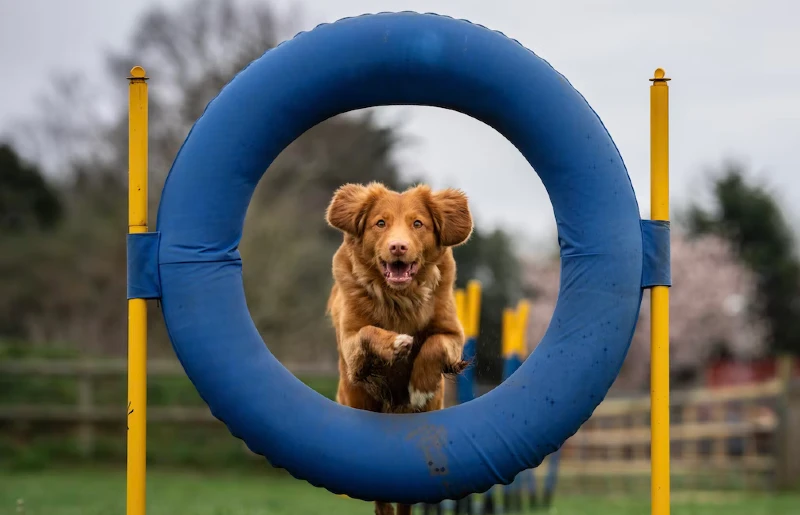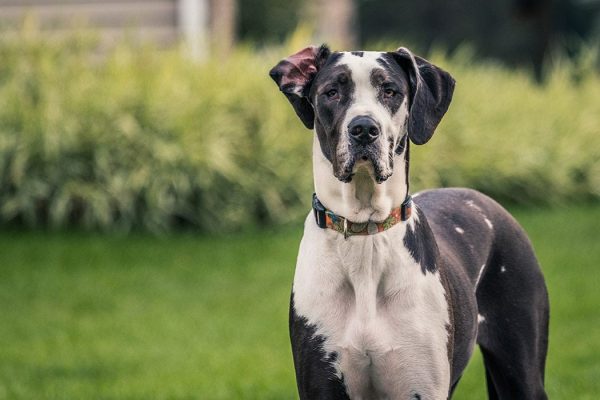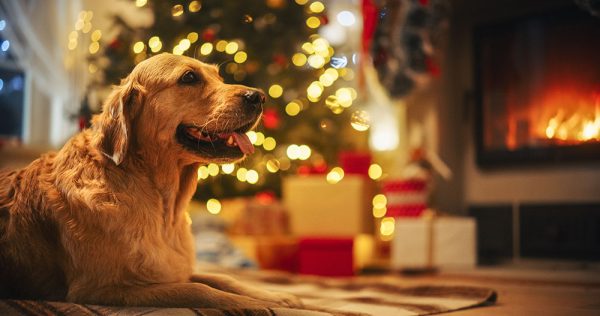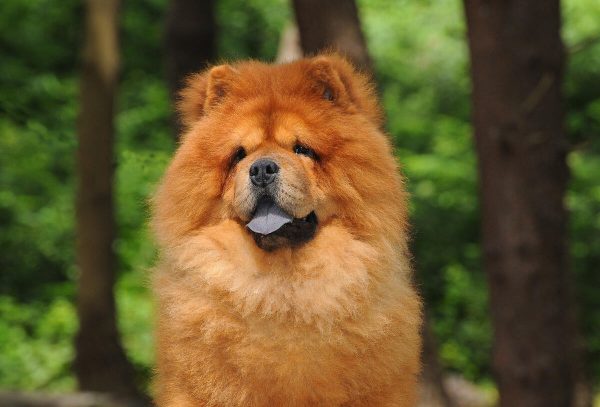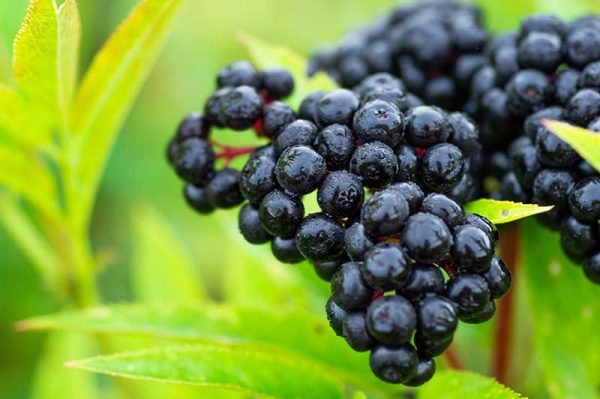Are you wondering how much dog agility is going to cost you this year? We’ve got the scoop! From training and equipment costs to how often you should train your dog, read on for all the details.
So, grab your pup and a pen and paper—it’s time to do some math! Let’s take a closer look at what you can expect when it comes to agility training in the next few years.

How Much Does Dog Agility Cost?
The cost of dog agility varies depending on the equipment and training needed. The average cost of dog agility equipment is around $1,000, with individual obstacles ranging from $30 to $1,600.
Additional costs to anticipate include training fees, travel expenses, and treats/toys. The cost of dog agility training ranges from $150 to $250 per session.
| Dog Agility | Average Cost |
| Jumps | $30 to $250 |
| Tunnels | $30 to $500 |
| A-Frame | $500 to $1,600 |
| Seesaw | $200 to $800 |
| Toys | $15 |
| Treats | $10 |
| Whistle | $8 |
Source: https://doggiesport.com/dog-agility-cost/
Additional Costs to Anticipate
It’s important to note that the costs listed above are averages, and prices can vary depending on the quality and brand of the equipment you choose.
In addition to equipment costs, there are other expenses to consider when starting with dog agility. If you don’t have experience training dogs, you may want to consider hiring a professional trainer.
Travel expenses are another cost to consider. If you plan on competing in agility trials, you’ll need to travel to different locations, which can add up quickly. Additionally, you’ll need to budget for competition fees, which can range from $10 to $30 per trial.
It’s also important to budget for treats and toys to use as rewards during training. These costs can vary, but you can expect to spend about $10 to $20 per month on treats and toys.
Aside from the costs listed above, there are other expenses to anticipate when participating in dog agility. For example, if you’re training at home, you’ll need to budget for repairs or replacements for any damaged equipment.
Dogs can be rough on equipment, especially in the beginning stages of training, so it’s important to be prepared for the cost of repairs or replacements.
You’ll also need to budget for regular check-ups with your veterinarian. Dog agility is a physically demanding sport, and you’ll want to ensure that your dog is healthy enough to participate. This may include regular vaccinations, deworming, and check-ups to make sure your dog is in good health.
Lastly, you’ll need to budget for the cost of dog food. Agility dogs require a high-quality diet to maintain their energy levels and overall health. The cost of dog food can vary, but you can expect to spend around $50 to $100 per month on food for your agility dog—depending on the size of the dog.
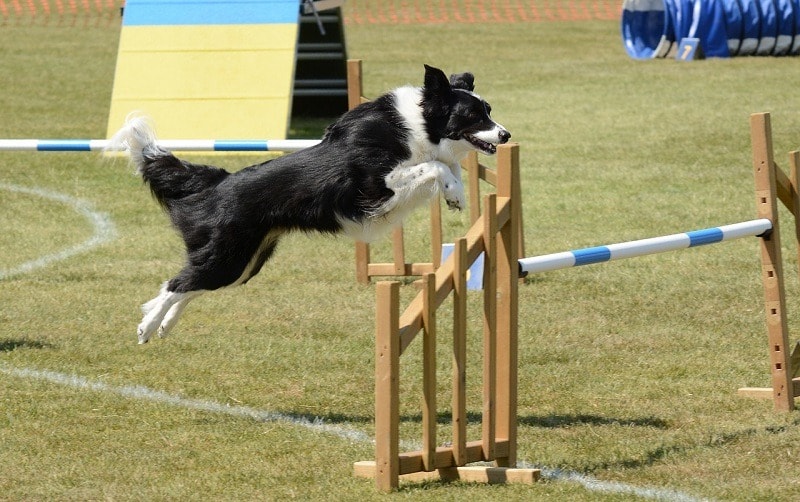
The Importance of Dog Agility
Dog agility is a sport that involves a dog and their handler completing a course of obstacles within a set time limit. It is a fun, active, and competitive sport that provides numerous benefits for both dogs and their owners.
Agility helps dogs to develop coordination, confidence, and obedience while also providing physical and mental exercise. For owners, agility strengthens the bond between them and their dogs while also providing an opportunity to socialize with other dog owners.
Dog agility training is also an excellent way to keep dogs active and healthy. Regular agility training helps to keep dogs in shape, improve their agility skills, and prevent obesity.
The sport is also mentally stimulating for dogs, and it can help to reduce problem behaviors like destructive chewing or excessive barking.
Additionally, participating in dog agility competitions can be a great way to showcase your dog’s skills and bond with other dog owners.
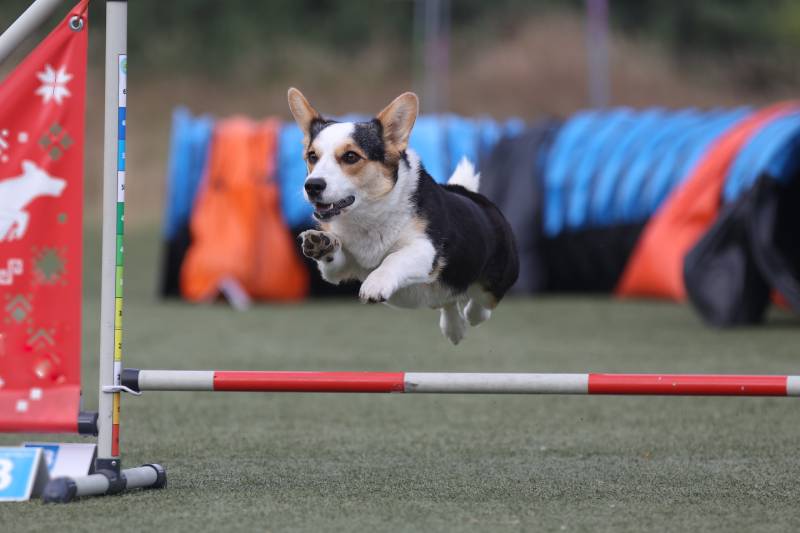
How Often Should I Get My Dog Agility Training?
Dog agility training should be conducted regularly to maintain and improve your dog’s agility skills. It is recommended to train at least once a week, but frequency and intensity can vary depending on your dog’s age, breed, and skill level.
For instance, younger dogs may require more frequent training sessions to build their skills and confidence, while older dogs may need more rest between training sessions.
When starting with dog agility, it is important to start slowly and build up your dog’s skills over time. Begin with simple obstacles like jumps and tunnels, and gradually add more challenging obstacles as your dog progresses.
You can also gradually increase the intensity and duration of your training sessions as your dog becomes more comfortable and confident with the obstacles.
It’s also important to keep your training sessions fun and engaging for your dog. Incorporating play and rewards into your training sessions can help keep your dog motivated and excited to participate.
Training sessions should be no longer than 30 minutes, and you should always end on a positive note with plenty of rewards and praise.
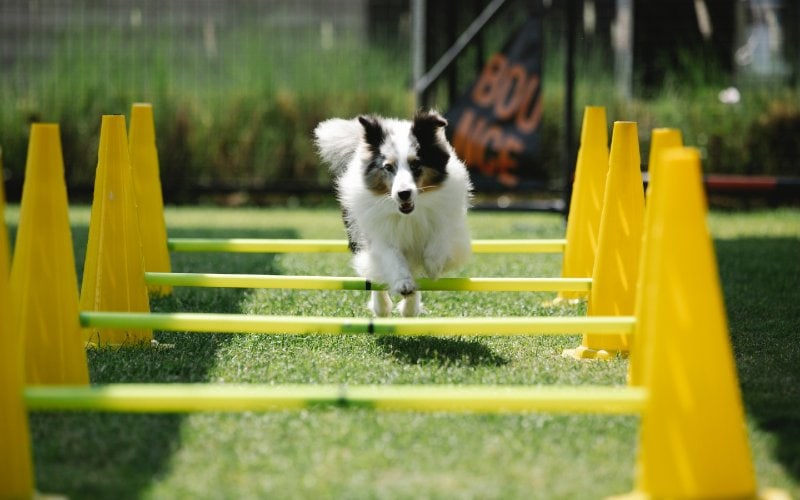
Does Pet Insurance Cover Agility Training?
Some pet insurance policies cover agility training, but it’s essential to review your policy carefully to verify if it is included. Most pet insurance policies cover accidents and illnesses, but some may also cover wellness care and preventative measures like vaccinations and dental cleanings.
If you plan on competing in agility trials, you may want to consider a policy that includes coverage for accidents and injuries that may occur during training or competition.

Conclusion
Dog agility is a fun and rewarding sport for both dogs and owners, but it comes with various costs that should be taken into account before getting started. Understanding the cost of equipment and training, as well as additional expenses, will help you budget and plan accordingly.
See Also:
- AKC Agility Invitational: What Is It & How To Compete
- Outward Hound Zip & Zoom Indoor Agility Kit Review: Pros, Cons & Verdict
Featured Image Credit: Laula Co, Unsplash
